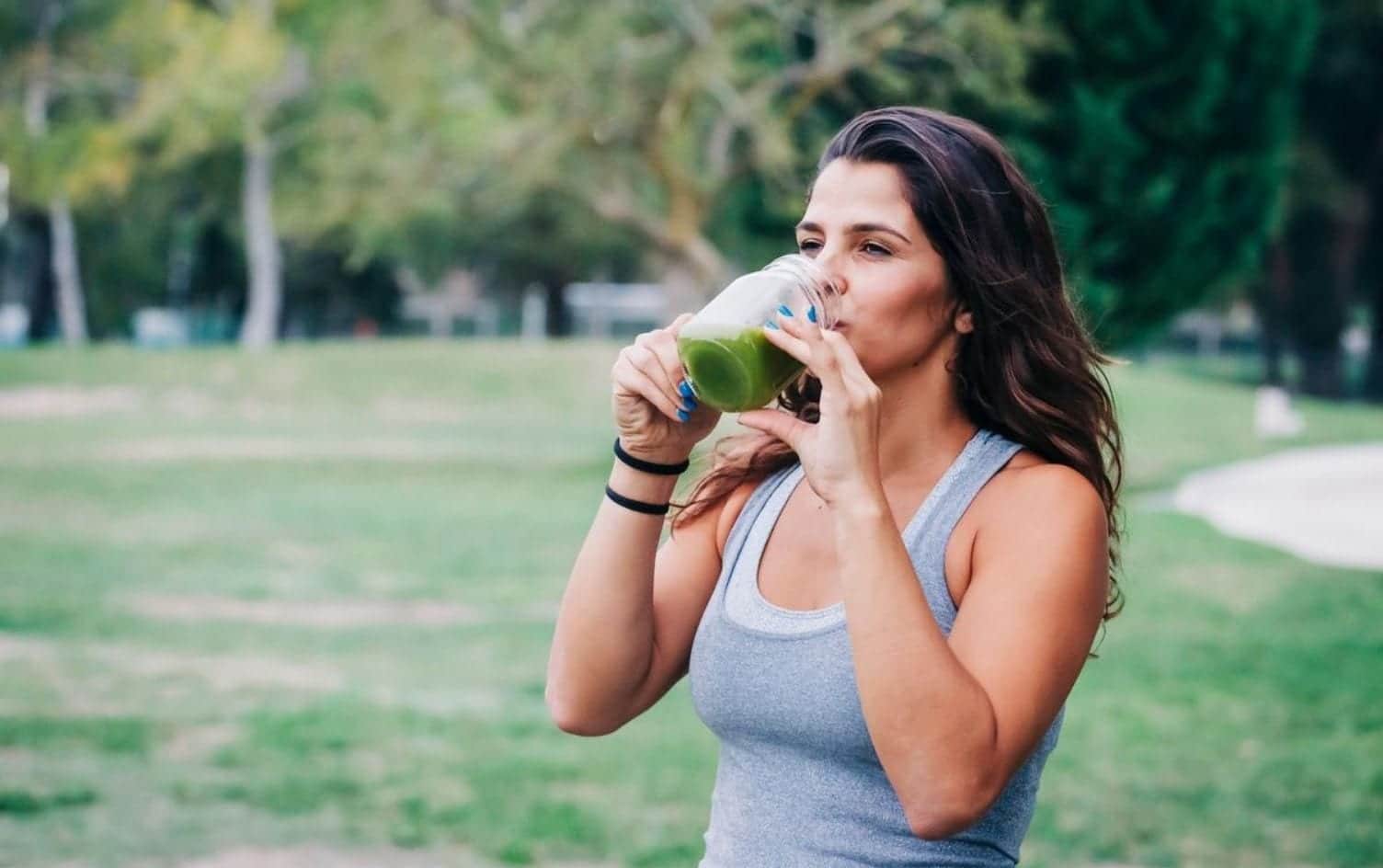The sirtfood diet gained significant buzz when Adele shared a photo on Instagram of her recent weight loss. But, as with many celebrity diets, experts have concerns about this program. “Just because you see a celebrity losing weight on a diet doesn’t mean it’s based on science or that it’s for you — and usually it’s not,” says Abby Langer, RD. Before you hop on the next fad eating plan, here’s what you should know about the sirtfood diet.
WHAT IS THE SIRTFOOD DIET?
The sirtfood diet was created by nutritionists Aidan Goggins and Glen Matten. They claim the diet can not only help you lose seven pounds in seven days, they say it also helps fight off disease and even aging.
The idea is that you do so by eating foods that activate the SIRT1 (aka “skinny”) gene. This gene is thought to play a role in cellular metabolism, inflammation and aging. But here’s the catch: Although there’s some scientific evidence for this, “these studies aren’t on humans,” explains Langer. “When we see the extrapolation of studies from test tubes and animals in order to sell something, it’s a dangerous game. People end up spending a lot of money on things that don’t work and believing they need to do that in order to be healthy.”
The actual diet is questionable as well. There are two “phases,” which are really three phases. “Whenever I hear about ‘phases’ in diets, that’s a red flag,” says Keri Gans, RDN, author of “The Small Change Diet.”
Phase one, which lasts a week, is divided into two parts: For the first three days, you restrict your intake to 1,000 calories, consisting of one meal and three green juices. “This calorie limit is too low to be safe,” says Langer. “There’s no way you will have enough energy for some of the activities of daily living, let alone exercise, on so few calories.”
For days 4–7 of phase 1, you increase to 1,500 calories per day, divided among two juices and two meals. “For the average person — especially someone who engages in regular physical activity — this is still going to be difficult to maintain without feeling hungry,” says Gans.
During the second phase, there’s no recommended calorie cap. Rather, for two weeks, you’re encouraged to keep having green juice every day along with three meals.
ARE THERE ANY BENEFITS?
In every phase, the meals are supposed to be high in sirtuin-promoting foods. These foods are nutrient-dense and include olive oil, walnuts, matcha green tea, buckwheat, celery, kale, red onion, parsley, turmeric, soy, strawberries, cocoa and red wine. “Basically the only positive of this diet is that your meals will have a lot of plants, whole grains and quality proteins,” Langer says, if you stick to its list of recommended foods.
DOES THE SIRTFOOD DIET WORK?
The only “study” on the sirtfood diet is a small, unpublished trial by Goggins and Matten. It included a mere 39 participants from their gym. By restricting people to 1,000–1,500 calories a day it’s not surprising that these people lost weight, says Langer. However, this is not a “magic bullet,” she says it can easily backfire when you go back to your regular eating habits.
Moreover, there’s zero proof the diet helps you age slower or experience any of its other claims. On the contrary, Langer says the stress from worrying about what you’re eating and how hungry you are could actually age you faster, as stress is associated with aging.
WHO SHOULD TRY THE SIRTFOOD DIET?
Bad news for the sirtfood diet: Neither Gans nor Langer would recommend it to anyone. “Eating this few calories, in particular 1,000 a day, is nonsensical,” Langer says. “There is no benefit whatsoever to cutting calories that low.” Instead, she sees several risks: “You may lose your hunger cues, and in following all these rules and believing all these claims, it can mess up your relationship with your body and cause disordered eating.”
Gans worries some people may lose weight during the initial super-restrictive three days and continue to limit their intake to 1,000 calories a day. “When individuals are successful in the beginning phases of a diet, they may keep with it for longer than they should,” she explains. “That leads to weight loss, yes, but consuming too few calories can also lead to fatigue, dizziness and a lack of proper nutrition.”
Additionally, anyone with a history of disordered eating or an eating disorder would be best to stay far away from this diet, as should people with diabetes since the natural sugars in the green juices could spike your blood sugar, Gans cautions.
THE BOTTOM LINE
In the end, the sirtfood diet is another fad celebrity diet that might be successful in the short-term, but is often unsustainable long-term. That said, you can certainly include healthy sirtuin-promoting whole foods in your diet (such as some of the whole grains, olive oil, fresh fruits and veggies the diet recommends) but they should be part of a well-balanced and varied diet that isn’t overly restrictive. Eating too little for weight loss often leads to gaining the weight back and a slower metabolism. If you’re not sure where to start, consider seeking the help of a registered dietitian who can help create a personalized plan.
Unlock an experience that’s like having a dietitian, trainer and coach — right at your fingertips. Go Premium for expert guidance and exclusive tools that will help you reach your personal health goals.




